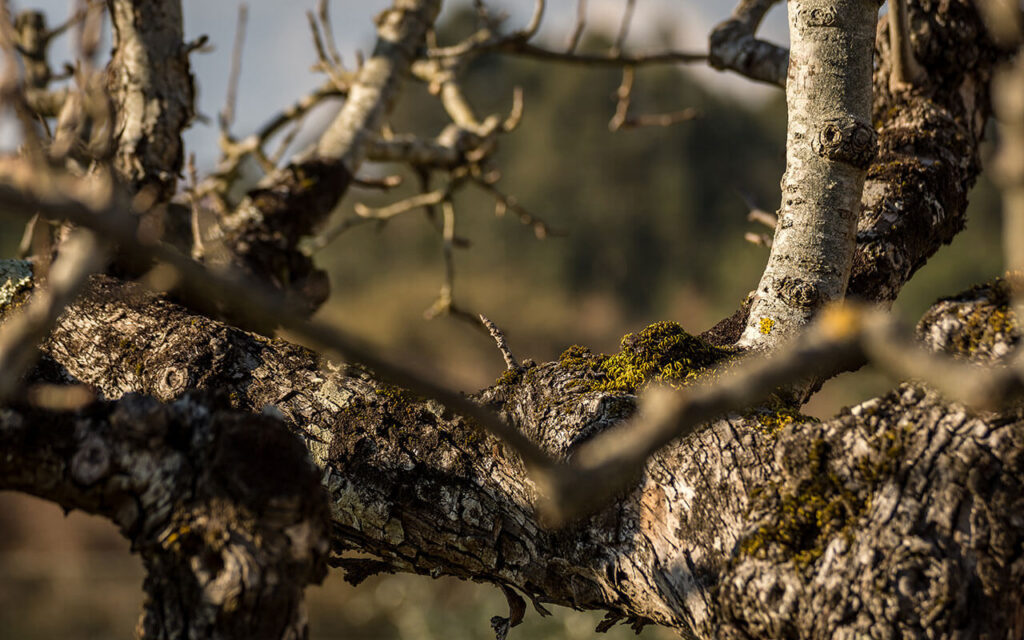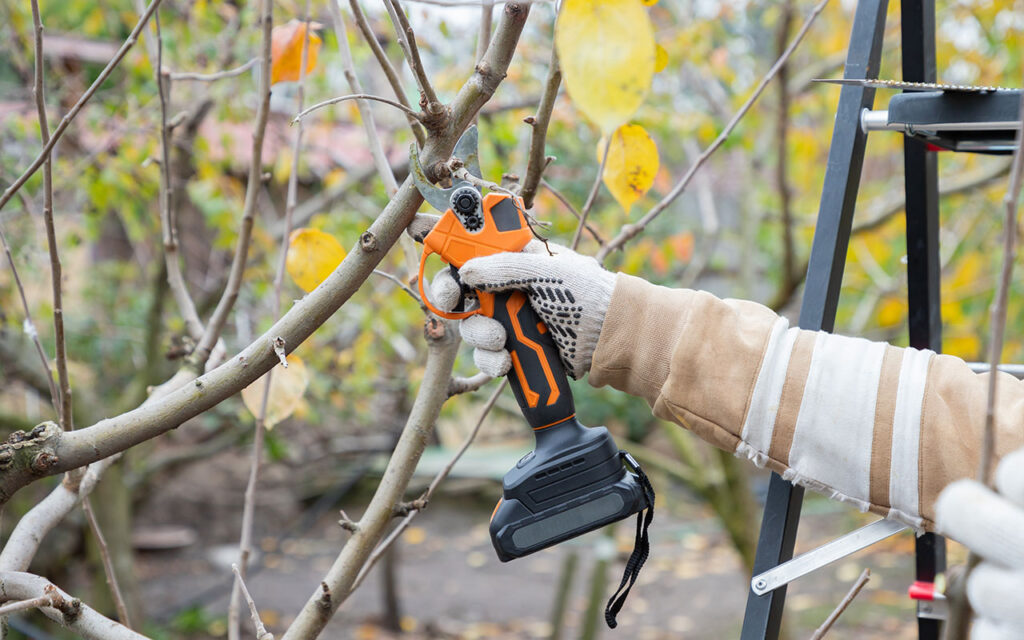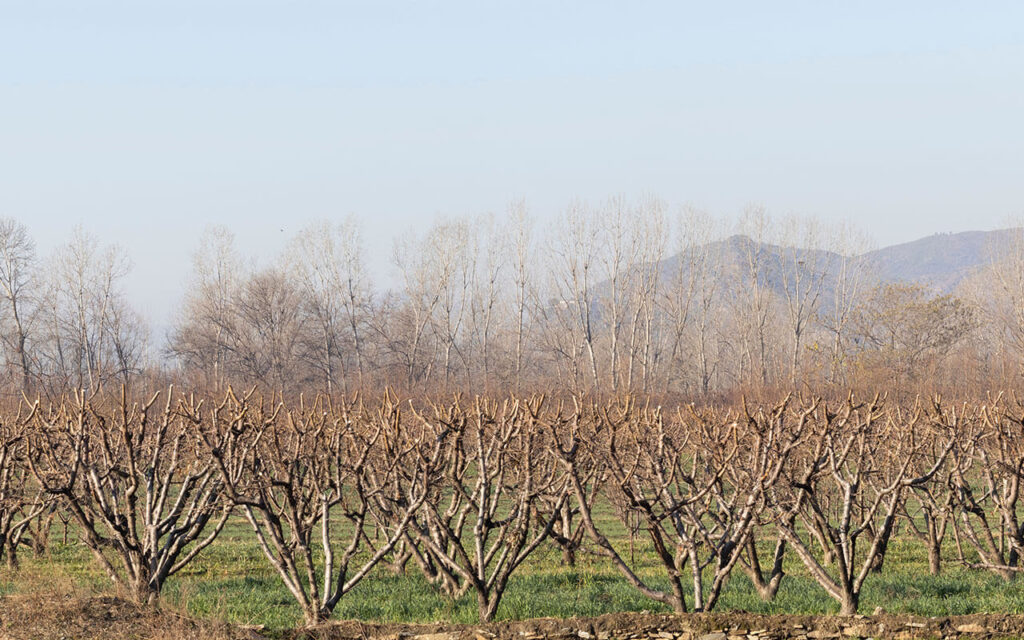The importance of wood treatments
With the arrival of winter, one of the most critical phases of the agricultural cycle begins, often going unnoticed. During the dormancy period in deciduous crops, such as stone fruits, pome fruits, or nuts, a unique opportunity arises to anticipate potential problems.

After the leaf fall process—whether natural or induced—or pruning to dormant buds, trees may enter the cold season with heightened sensitivity and vulnerability to environmental threats. Pruning wounds, injuries at the breaking points of petioles, or microcracks poorly sealed during harvesting can become entry points for pathogens that attack the tree’s wood, often unnoticed.
At Altinco, we understand that preventive action is essential to protect trees and ensure healthy development throughout the vegetative cycle.
Thanks to our formulations, developed under the high standards of efficacy and sustainability of our Altinco Exact Nature® formula, we can prevent diseases before they become major problems in spring. In doing so, we reduce the need for additional treatments, promoting solutions that respect both crops and the environment.
Pruning: A Critical Moment for Disease Prevention
Wounds caused by pruning represent a significant risk, as they can become gateways for pathogens that directly affect the tree’s wood. Among these, fungi such as Fusicoccum or Eutypa, and bacteria thrive in the humid conditions of spring, finding the perfect environment to proliferate. These infections not only compromise the tree’s health but can also significantly reduce its productivity, directly impacting the quality and quantity of the fruit.
Acting during this stage is crucial to avoid greater problems in the future and ensure the vitality of the crop. Choosing dry, precipitation-free days for pruning helps wounds heal faster. Additionally, applying sealants to protect cuts and fungicides to strengthen protection provides an extra barrier against possible infections.
Once pruning is complete, it is essential to inspect and treat the wounds. Detailed monitoring allows for diagnosis of their progress and evaluation of the healing process. This control helps to anticipate the appearance of potential diseases that could spread during the next cycle, ensuring the crop’s health and optimal development in subsequent stages.
Insecticidal and fungicidal solutions are ideal, helping to prevent infections from the start and ensuring effective, sustainable protection. Prevention plays a fundamental role in ensuring the success of wood treatments.

Choosing and monitoring wood treatments: Keys to success
Selecting the most suitable treatments to protect our trees must be based on thorough analysis and specialist advice.
- Consulting experts not only ensures accurate diagnosis but also helps identify the most effective alternatives available.
- Using sample trees as benchmarks allows us to evaluate the effectiveness of the applied products. This comparative approach provides valuable data to analyze and confirm the suitability of the chosen treatments.
- Collaborating with crop specialists to stay informed about trends, emerging diseases, and available solutions expands our ability to make informed and strategic decisions.
Dormancy: A rest for crops, not for prevention
The dormancy period is a time of rest within the agricultural cycle, but it is essential to maintain focus on the evolution of winter rest. Acting with foresight during this stage reduces risks that may manifest in spring, a season characterized by volatility and constant change.
At Altinco, we bring our experience and innovation to the table with our Altinco Exact Nature® formula, designed to anticipate these challenges and provide effective, sustainable solutions. Moreover, Altinco’s formulations are key allies during this phase. Our team of specialized technicians, works in the field to diagnose pests and diseases and select the most suitable treatments for each situation.
This winter, let your trees rest while we remain vigilant, taking care of every detail to ensure a productive and healthy agricultural cycle.





